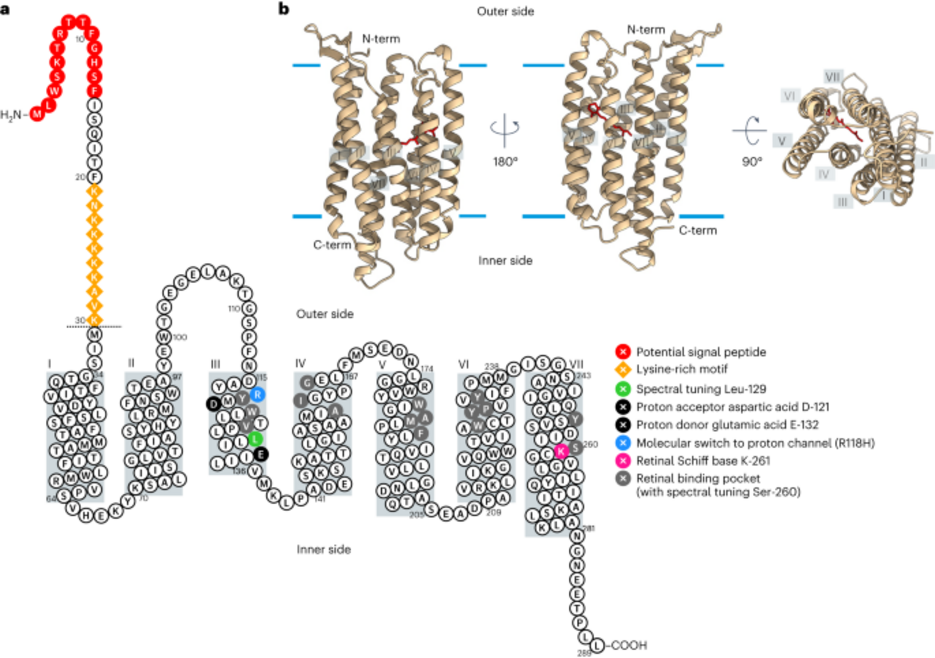Plastid-localized xanthorhodopsin increases diatom biomass and ecosystem productivity in iron-limited surface oceans
10/16/2023Plastid-localized xanthorhodopsin increases diatom biomass and ecosystem productivity in iron-limited surface oceans
Jan Strauss, Longji Deng, Shiqiang Gao, Andrew Toseland, Charles Bachy, Chong Zhang, Amy Kirkham, Amanda Hopes, Robert Utting, Eike F. Joest, Alessandro Tagliabue, Christian Löw, Alexandra Z. Worden, Georg Nagel, Thomas Mock (2023)
Nat Microbiol 8: 2050–2066. Doi: 10.1038/s41564-023-01498-5
Microbial rhodopsins are photoreceptor proteins that convert light into biological signals or energy. Proteins of the xanthorhodopsin family are common in eukaryotic photosynthetic plankton including diatoms. However, their biological role in these organisms remains elusive. Here we report on a xanthorhodopsin variant (FcR1) isolated from the polar diatom Fragilariopsis cylindrus. Applying a combination of biophysical, biochemical and reverse genetics approaches, we demonstrate that FcR1 is a plastid-localized proton pump which binds the chromophore retinal and is activated by green light. Enhanced growth of a Thalassiora pseudonana gain-of-function mutant expressing FcR1 under iron limitation shows that the xanthorhodopsin proton pump supports growth when chlorophyll-based photosynthesis is iron-limited. The abundance of xanthorhodopsin transcripts in natural diatom communities of the surface oceans is anticorrelated with the availability of dissolved iron. Thus, we propose that these proton pumps convey a fitness advantage in regions where phytoplankton growth is limited by the availability of dissolved iron.






